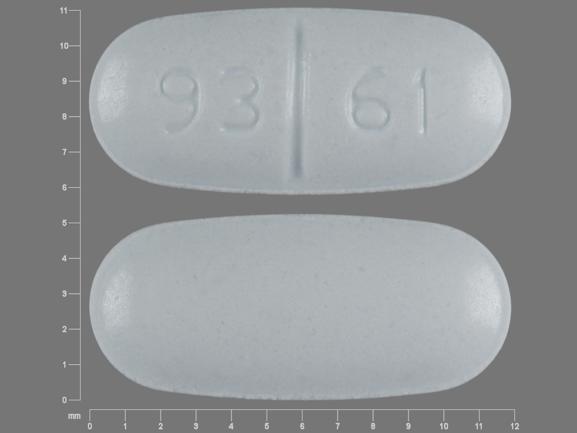Sotalol Interactions
There are 625 drugs known to interact with sotalol, along with 20 disease interactions, and 3 alcohol/food interactions. Of the total drug interactions, 236 are major, 358 are moderate, and 31 are minor.
- View all 625 medications that may interact with sotalol
- View sotalol alcohol/food interactions (3)
- View sotalol disease interactions (20)
Most frequently checked interactions
View interaction reports for sotalol and the medicines listed below.
- Aspir 81 (aspirin)
- Aspirin Low Strength (aspirin)
- Benadryl (diphenhydramine)
- CoQ10 (ubiquinone)
- Coumadin (warfarin)
- Crestor (rosuvastatin)
- Cymbalta (duloxetine)
- Eliquis (apixaban)
- Entresto (sacubitril / valsartan)
- Fish Oil (omega-3 polyunsaturated fatty acids)
- Flomax (tamsulosin)
- Flonase (fluticasone nasal)
- Jardiance (empagliflozin)
- Lasix (furosemide)
- Lipitor (atorvastatin)
- Metoprolol Succinate ER (metoprolol)
- Metoprolol Tartrate (metoprolol)
- Nexium (esomeprazole)
- Ozempic (semaglutide)
- Plavix (clopidogrel)
- Pradaxa (dabigatran)
- Protonix (pantoprazole)
- Synthroid (levothyroxine)
- Tylenol (acetaminophen)
- Vitamin B12 (cyanocobalamin)
- Vitamin C (ascorbic acid)
- Vitamin D3 (cholecalciferol)
- Xanax (alprazolam)
- Xarelto (rivaroxaban)
- Zyrtec (cetirizine)
Sotalol alcohol/food interactions
There are 3 alcohol/food interactions with sotalol.
Sotalol disease interactions
There are 20 disease interactions with sotalol which include:
- bradyarrhythmia/AV block
- cardiogenic shock/hypotension
- CHF
- diabetes
- hypersensitivity
- ischemic heart disease
- PVD
- asthma/COPD
- hemodialysis
- QT interval prolongation
- renal dysfunction
- cerebrovascular insufficiency
- glaucoma
- hyperlipidemia
- hyperthyroidism
- myasthenia gravis
- pheochromocytoma
- psoriasis
- tachycardia
- Prinzmetal's variant angina
More about sotalol
- sotalol consumer information
- Compare alternatives
- Pricing & coupons
- Reviews (59)
- Drug images
- Side effects
- Dosage information
- During pregnancy
- Support group
- Drug class: group III antiarrhythmics
- Breastfeeding
- En español
Related treatment guides
Drug Interaction Classification
| Highly clinically significant. Avoid combinations; the risk of the interaction outweighs the benefit. | |
| Moderately clinically significant. Usually avoid combinations; use it only under special circumstances. | |
| Minimally clinically significant. Minimize risk; assess risk and consider an alternative drug, take steps to circumvent the interaction risk and/or institute a monitoring plan. | |
| No interaction information available. |
See also:
Further information
Always consult your healthcare provider to ensure the information displayed on this page applies to your personal circumstances.


